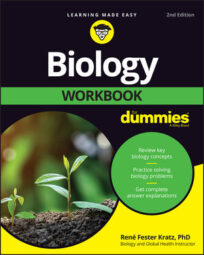Every type of locomotion, movement from one place to another, requires animals to use energy to overcome the forces of friction and gravity that would otherwise hold them to Earth.
Friction is the force that pushes back on any movement of two objects in contact with each other. The force of friction due to movement through air or water is called resistance.
Gravity is the force that pulls all objects that have mass toward each other.
Each animal is adapted for the environment it lives in and the type of locomotion it performs. Think about some of the animals you’re familiar with and how their structure helps them move in their environment, and then answer the following questions.
For questions 1 through 5, answer the following: Which of the two forces (gravity or friction) does the adaptation target the most?
a. Gravity
b. Friction (resistance)
Humans have large muscles in their legs.
Birds have hollow bones that make their bodies light.
Fish are covered with a layer of slippery mucus.
Nematodes that burrow through the soil have thin, tubular bodies.
Giraffes have strong, bony skeletons.
The following are answers to the practice questions presented.
The answer is a. Gravity.
The answer is a. Gravity.
The answer is b. Friction (resistance).
The answer is b. Friction (resistance).
The answer is a. Gravity.

